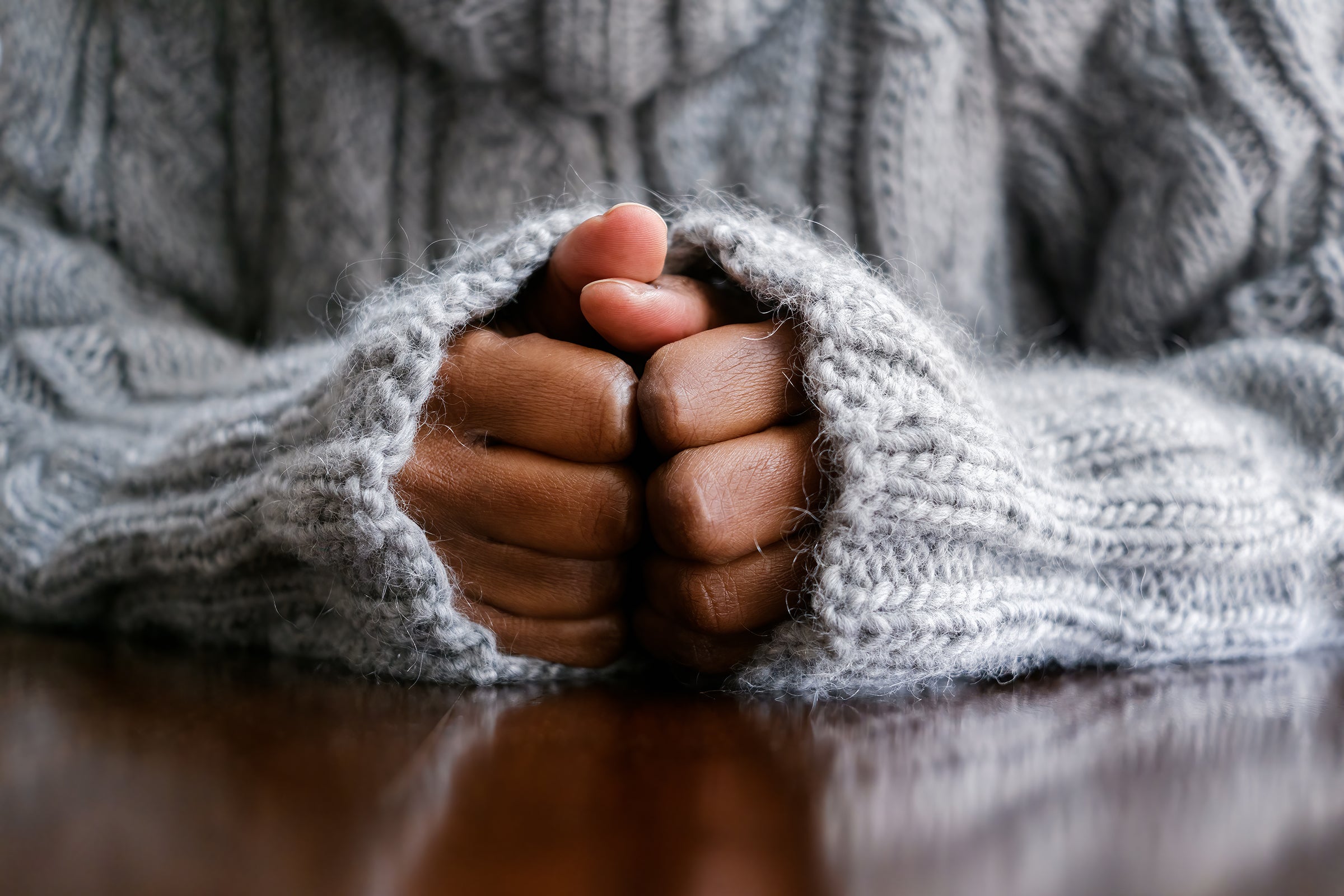
About 110,000 Americans died from drug overdoses between February 2021 and February 2022. This number is part of a larger troubling trend. U.S. life expectancy fell in 2020 and again in 2021 after decades of progress. Alcohol-, drug-, and suicide-related deaths are a major part of that change. (So are deaths from COVID, of course.) Overdoses, suicides, and other “deaths of despair” (a label put forward by economists Anne Case and Angus Deaton) have been on the rise since the 1990s, It may have accelerated in recent years.
What exactly is causing this phenomenon, and what can be done to address it? It focuses on psychological states such as depression and hopelessness. That approach makes sense. Despair, by definition, involves a lack of hope. Losing a job, recovering from an accident or illness, going through a divorce or financial hardship can be depressing. Drugs and alcohol may be used to alleviate these uncomfortable mental states.
But there is another important factor that studies of despair tend to overlook. Scientific evidence shows that one common denominator in this cycle of stress, anxiety, depression and substance abuse is physical distress. As a behavioral scientist, I study how socioeconomic, psychosocial, and behavioral factors contribute to pain. Findings from my research and others in the field suggest that tracking physical pain and suffering in communities is important.
The relationship between despair and pain is multifaceted. As most people know from personal experience, physical pain increases psychological distress and anxiety. Some studies have found that people with severe pain are more likely to worry about distress and its consequences than those with mild or moderate pain. may decrease, increasing the risk of anxiety and depression.
The reverse relationship is also possible. Psychological distress can cause physical distress. For example, work strain, anxiety due to social discrimination, stressful family relationships, and adverse experiences in early adulthood can exacerbate physical distress. Neuroscientists have found a mechanism that could explain these findings. When someone is in a negative mood, researchers have found that areas of the brain involved in physical pain are also involved.
Finally, physical pain is important when considering the harmful behaviors that accompany death in despair. For example, some people use drugs or alcohol to control their pain. A 2020 study found that substance abuse was more strongly associated with physical pain than poor mental health. Furthermore, experiencing severe or chronic pain can lead to self-harm or suicide.
The opioid epidemic may be the most striking example of how physical suffering and despair interact. Misuse of pain relievers, especially opioids, causes changes in the brain, increasing pain sensitivity and causing tolerance and addiction to these drugs.As a result, people are more likely to overdose on these drugs. . At the same time, excessive drug use and alcohol consumption can cause physical pain, which reinforces the negative behavioral cycle of pain.
Taken together, research reveals that pain and hopelessness are strongly linked. is also helpful. Unfortunately, the central tools for this kind of research are losing popularity. Many American physicians object to the use of self-reported pain assessments. This is because these questionnaires may prompt doctors to prescribe opioids. In fact, in 2016, the U.S. Centers for Medicare and Medicaid Services decided to drop some questions about painkillers from its national hospital survey for that very reason. But losing these pain data also means losing important insights into people’s needs, mental states and behaviors.
Moreover, my research shows that understanding physical suffering on a larger scale may be an important step in combating the rise in deaths from despair. Using data spanning more than a decade, my colleague Andrew Oswald and I published a study in 2021 showing that higher unemployment rates were associated with higher reports of physical distress. We argue that recessions cause financial stress, which can lead to even greater physical suffering. This idea has important implications. If deaths from despair in the United States are related to economic insecurity, policymakers need to think critically about how to help families cope with difficult economic situations.
The United States is not the only country that can benefit from such policies. Late last year, I published an analysis using global data. That analysis found a significant increase in physical distress in recent years. In 2009, one in four of her people worldwide reported physical pain. Today, 1 in 3 of her is in pain. Inequality, like desperation in the United States, adds a surprising dimension to these data. My research found that increases in physical discomfort were greatest among women, young people, and individuals with low income and education. Recording and monitoring is essential. Only then can we understand how to address these urgent trends.
if you need help
If you or someone you know is struggling or considering suicide, help is available. Call or text the 988 Suicide & Crisis Lifeline on 988 or use Lifeline Chat online.
Are you a scientist in neuroscience, cognitive science, or psychology, and have you read a recent peer-reviewed paper that you would like to contribute to Mind Matters? To Daisy Yuhas, Mind Matters Editor at Scientific American: , please send your suggestions at pitchmindmatters@gmail.com.










